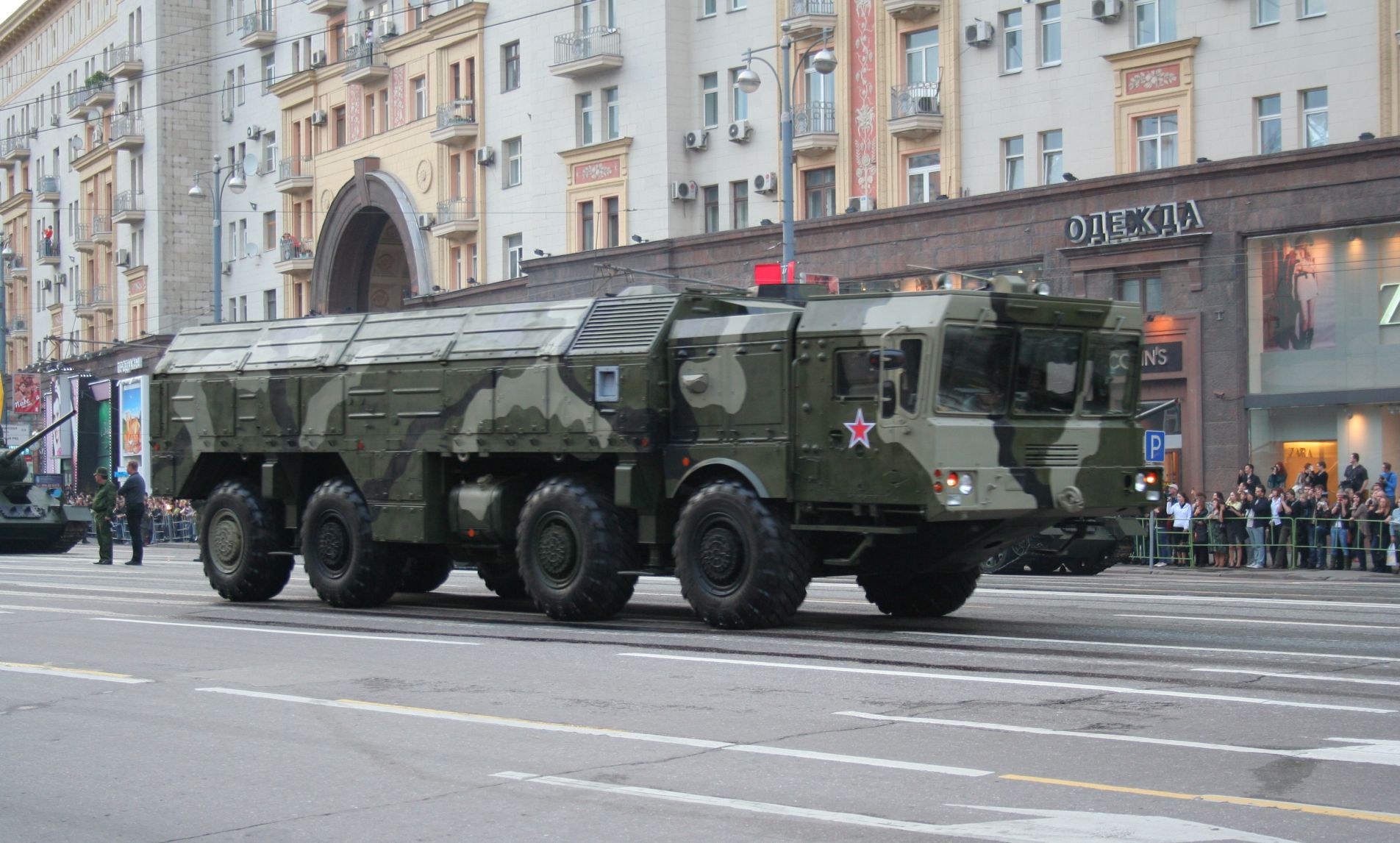Russia’s Makeyev State Missile Center recently released the first image of the new RS-28 Sarmat intercontinental ballistic missile on its website, making a big splash among western media, which claimed that the new missile is so powerfully destructive that one is enough to destroy a country the size of France.
The publication of Sarmat’s image indicates that Russia’s R&D of the new-generation strategic missile is well under way. What kind of weapon is Sarmat? Is it as powerful as the media guesses? Why did Russia publish the image of the new strategic missile and why did it speed up its R&D?
Consolidating Russia’s position as a major nuclear power
Russia began to develop the new heavy liquid-propellant intercontinental missile in 2009 to replace the R-36M2 Voevoda (NATO reporting name SS-19 Satan) and UR-100N UTTH (NATO reporting name Stiletto) to be decommissioned soon.
According to public information, Sarmat has a dead load of 100 tons, uses liquid-propellant engine, and can carry 10-15 independently targetable nuclear warheads that adopt advanced penetration technology and can allegedly penetrate all existing anti-missile systems and identify and strike multiple targets in different directions. With a shooting range of 17,000km, the missile can fly over the South Pole or North Pole and accurately hit any target on earth.
According to military expert, once Sarmat is deployed, it will be the new trump card in Russia’s nuclear arsenal and pose an immense deterrent on the US. The accelerated development of this missile drew close attention from western media, and the Russian military released news that Sarmat will be commissioned in its Strategic Missile Force in 2018-2019.
Russia is developing the new strategic missile and accelerating the upgrade of nuclear weapons mainly to preserve national security and maintain its position as a major nuclear power.
Russian President Putin made it clear that nuclear weapon will remain a key element to prevent nuclear and conventional military conflicts, and Russia’s main task is to “maintain sufficient potential of nuclear containment”.
Besides, the possession of cutting-edge nuclear weapon is one of the symbols for Russia’s major power status. Therefore, it has done its best to keep up the nuclear arsenal inherited from the Soviet Union despite economic ups and downs, in a bid to keep the general nuclear balance with the US.
Replacing old nuclear missiles
Owing to the implementation of nuclear weapon downsizing treaty, backwardness of nuclear weapon and poor economic conditions, Russia’s strategic nuclear force has been shrinking for many years.
Documents show that after the Soviet Union disintegrated, Russia inherited more than 2,000 strategic nuclear weapon carrier vehicles and more than 10,000 nuclear warheads. Although the specific data is unavailable, the number of intercontinental missiles and nuclear warheads equipped in the Russian Strategic Missile Force today must be much smaller than it was in the Soviet Union age.
Many strategic missiles commissioned in the Soviet Union age are coming to the end of their service life now and some have already served longer than they should.
The R-36M2 Voevoda and UR-100N UTTH missiles in service now were deployed from the late 1970s to the early 1990s, and the RS-12M Topol was deployed in 1985. They were decommissioned from combat successively from the beginning of this century.
Russia has taken all kinds of measures in the past decade to modify and maintain them in hopes of extending their service life, but the old missiles will be unable to serve any more around 2020.
Russia’s efforts to preserve its position as a major nuclear power are focused on developing new land-based strategic missiles.
According to its weapon upgrade plan before 2020, Russia will invest about $700 billion in upgrading its weapons and equipment, 10 percent of which is for strategic nuclear force. This includes the research and development of new land-based strategic missile that can carry nuclear warheads, equipping the navy with new-generation Borei-class strategic nuclear submarine, and deploying the new Bulava submarine-launched ballistic missile (SLBM).
Dealing with new situation
Speeding up the upgrade of strategic missile is a necessary step for Russia to deal with the missile defense program deployed by the US and other NATO members in East Europe and the new geopolitical situation.
Chinese military expert Ge Lide held that in the strategic contention between Russia and NATO, Russia is upgrading its “tripartite” strategic nuclear system, which is a trump card for maintaining its major power status and a critical bargaining chip against the US.
Putin stressed that Russia’s new strategic weapons will be able to “penetrate any anti-missile defense system”, and its development of new strategic missiles in recent years is focused on such penetration capability. Its Topol-M, Yars strategic missile and the Sarmat to be deployed soon boast powerful strike capability, high speed and strong penetration capability.
Besides, Russia is also working on the localization of strategic missile research, development and manufacturing.
For example, strategic missiles such as R-36M2 Voevoda are designed by Ukraine’s Yuzhnoye State Design Office and many production links are carried out in Ukraine and other countries. Russian media reported that Sarmat will be developed and manufactured completely by Russian research institutes and manufacturers.
However, since Russia lags far behind the US in economic strength, developing new strategic missiles and keeping up a nuclear arsenal commensurate to that of the US will be an arduous task for it in the long term.
There are different opinions within Russia as to how it should develop the strategic nuclear force. But fostering such a force that its national strength can bear and preserving national security and global strategic equilibrium will be doubtlessly in Russia’s fundamental interest in the future.










